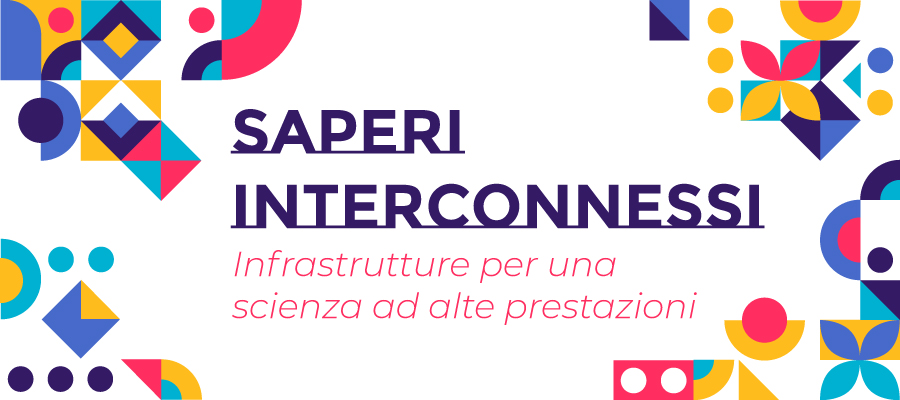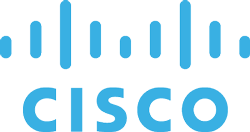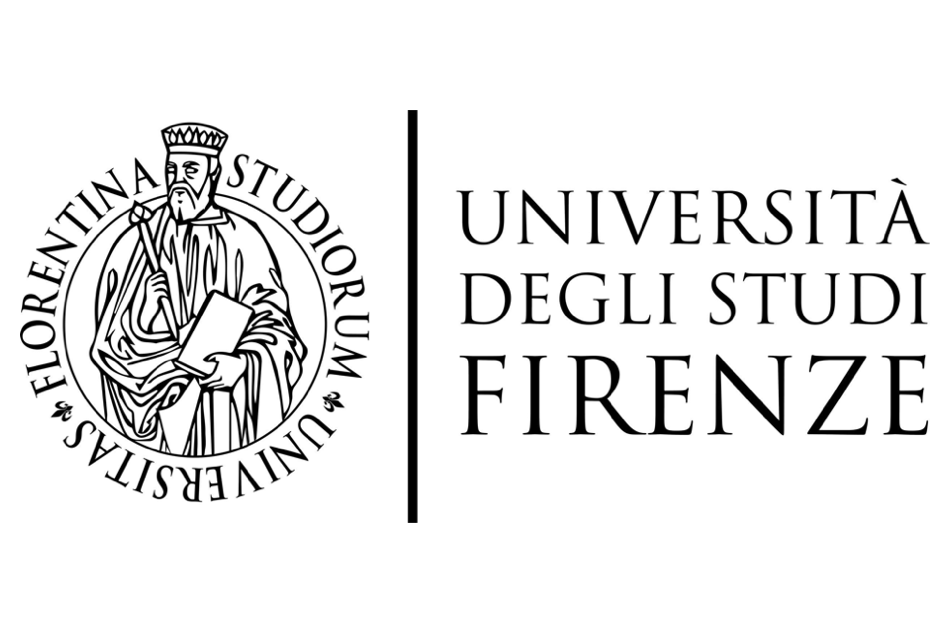Valentino Catricalà
- SODA (School of Digital Arts) Gallery di Manchester
- https://www.schoolofdigitalarts.mmu.ac.uk/

Arte e tecnologia. Pratiche, processi e cultural heritage
 Valentino è curatore della MODAL Gallery presso la SODA di Manchester e docente presso l'Università IULM. È inoltre co-curatore, insieme a Barbara London (MoMA), del progetto D'ORO/D'ART in collaborazione con D'ORO Collection e Marian Goodman Gallery.
Valentino ha curato numerose mostre in importanti istituzioni, come Fondazione Prada (Milano e Tokyo), Hermitage (San Pietroburgo), Minnesota Street Project (San Francisco), New York Media Center, Stelline (Milano), Museo MAXXI (Roma), Palazzo Reale (Milano), Palazzo delle Esposizioni (Roma), Ca' Foscari (Venezia), New Delhi Italian Cultural Institute (India), tra gli altri.
Valentino ha scritto saggi e libri, come The Artist as Inventor (Rowman & Littlefield, 2021); co-editato con Sean Cubitt, Art in the Age of Ubiquitous Media (VCS-Visual Cultural Studies, Mimesis, 2022). Per il Ministro degli Affari Esteri italiano ha scritto Arte e Tecnologia nel Terzo Millennio (Electa-Quaderni della Farnesina 2019)
Valentino è curatore della MODAL Gallery presso la SODA di Manchester e docente presso l'Università IULM. È inoltre co-curatore, insieme a Barbara London (MoMA), del progetto D'ORO/D'ART in collaborazione con D'ORO Collection e Marian Goodman Gallery.
Valentino ha curato numerose mostre in importanti istituzioni, come Fondazione Prada (Milano e Tokyo), Hermitage (San Pietroburgo), Minnesota Street Project (San Francisco), New York Media Center, Stelline (Milano), Museo MAXXI (Roma), Palazzo Reale (Milano), Palazzo delle Esposizioni (Roma), Ca' Foscari (Venezia), New Delhi Italian Cultural Institute (India), tra gli altri.
Valentino ha scritto saggi e libri, come The Artist as Inventor (Rowman & Littlefield, 2021); co-editato con Sean Cubitt, Art in the Age of Ubiquitous Media (VCS-Visual Cultural Studies, Mimesis, 2022). Per il Ministro degli Affari Esteri italiano ha scritto Arte e Tecnologia nel Terzo Millennio (Electa-Quaderni della Farnesina 2019)
 Valentino is currently curator of the MODAL Gallery at SODA in Manchester and lecturer at IULM University. He is also co-curator, together with Barbara London (MoMA), of the D'ORO/D'ART project in collaboration with D'ORO Collection and Marian Goodman Gallery.
Valentino hac curated many exhibition in important institutions, such as Fondazione Prada (Milan and Tokyo), Hermitage (San Petersburg), Minnesota Street Project (San Francisco), New York Media Centre, Stelline (Milan), MAXXI Museum (Rome), Palazzo Reale (Milan), Palazzo delle Esposizioni (Rome), Ca’ Foscari (Venezia), New Delhi Italian Cultural Institute (India), among others.
Valentino has written essays and books, such as The Artist as Inventor (Rowman & Littlefield, 2021); co-edited with Sean Cubitt, Art in the Age of Ubiquitous Media (VCS-Visual Cultural Studies, Mimesis, 2022). For the Italian Minister of Foregneir Affair he has written Art and Technology in the Third Millenium (Electa-Quaderni della Farnesina 2019).
Valentino is currently curator of the MODAL Gallery at SODA in Manchester and lecturer at IULM University. He is also co-curator, together with Barbara London (MoMA), of the D'ORO/D'ART project in collaboration with D'ORO Collection and Marian Goodman Gallery.
Valentino hac curated many exhibition in important institutions, such as Fondazione Prada (Milan and Tokyo), Hermitage (San Petersburg), Minnesota Street Project (San Francisco), New York Media Centre, Stelline (Milan), MAXXI Museum (Rome), Palazzo Reale (Milan), Palazzo delle Esposizioni (Rome), Ca’ Foscari (Venezia), New Delhi Italian Cultural Institute (India), among others.
Valentino has written essays and books, such as The Artist as Inventor (Rowman & Littlefield, 2021); co-edited with Sean Cubitt, Art in the Age of Ubiquitous Media (VCS-Visual Cultural Studies, Mimesis, 2022). For the Italian Minister of Foregneir Affair he has written Art and Technology in the Third Millenium (Electa-Quaderni della Farnesina 2019).
15 giugno 2023 | TECNOLOGIE DIGITALI PER CULTURA E FORMAZIONE
Arte e tecnologia. Pratiche, processi e cultural heritage
Art and Innovation. Practices, Processes, Cultural Heritage
ABSTRACT
 Il rapporto tra arte e tecnologia è oggi sempre più presente. La tecnologia è oggi dappertutto, circonda i nostri corpi, orienta le nostre azioni, ci inquieta e ci affascina. Nell’arte la tecnologia è portatrice di un'innovazione estetica che prende forma in una nuova gestualità algoritmica in cui l’atto artistico si struttura sempre più attraverso il rapporto con macchine complesse. Stiamo vivendo una nuova epoca dell’estetico caratterizzato da un nuovo sublime per i linguaggi tecnologici. In questo contesto, gli artisti che usano le tecnologie rapprentano un nuovo modo di approcciare il mondo dell'arte e l'innovazione tecnologica. Da un parte l'artista usa tecnologie complesse per sviluppare il proprio lavoro, dall'altra è costretto a inserirsi in contesti non convenzionali (come laboratori di ricerca, azienda, ecc.), cambiando il modo con cui concepiamo l'innovazione tecnologica e scientifica. Che tipo di ruolo assume l'artista oggi? E come le istitutzione reagisce a questo comabiamendo?
Il rapporto tra arte e tecnologia è oggi sempre più presente. La tecnologia è oggi dappertutto, circonda i nostri corpi, orienta le nostre azioni, ci inquieta e ci affascina. Nell’arte la tecnologia è portatrice di un'innovazione estetica che prende forma in una nuova gestualità algoritmica in cui l’atto artistico si struttura sempre più attraverso il rapporto con macchine complesse. Stiamo vivendo una nuova epoca dell’estetico caratterizzato da un nuovo sublime per i linguaggi tecnologici. In questo contesto, gli artisti che usano le tecnologie rapprentano un nuovo modo di approcciare il mondo dell'arte e l'innovazione tecnologica. Da un parte l'artista usa tecnologie complesse per sviluppare il proprio lavoro, dall'altra è costretto a inserirsi in contesti non convenzionali (come laboratori di ricerca, azienda, ecc.), cambiando il modo con cui concepiamo l'innovazione tecnologica e scientifica. Che tipo di ruolo assume l'artista oggi? E come le istitutzione reagisce a questo comabiamendo?
 The relationship between art and technology is increasingly present today. Technology is everywhere today, it surrounds our bodies, directs our actions, worries and fascinates us. In art, technology is the bearer of an aesthetic innovation that takes shape in a new algorithmic gesture in which the artistic act is increasingly structured through the relationship with complex machines. We are living in a new era of aesthetics characterized by a new sublime for technological languages. In this context, artists who use technologies represent a new way of approaching the world of art and technological innovation. On the one hand the artist uses complex technologies to develop his work, on the other he is forced to enter unconventional contexts (such as research laboratories, companies, etc.), changing the way we conceive technological and scientific innovation . What kind of role does the artist take on today? And how does the institution react to this change?
The relationship between art and technology is increasingly present today. Technology is everywhere today, it surrounds our bodies, directs our actions, worries and fascinates us. In art, technology is the bearer of an aesthetic innovation that takes shape in a new algorithmic gesture in which the artistic act is increasingly structured through the relationship with complex machines. We are living in a new era of aesthetics characterized by a new sublime for technological languages. In this context, artists who use technologies represent a new way of approaching the world of art and technological innovation. On the one hand the artist uses complex technologies to develop his work, on the other he is forced to enter unconventional contexts (such as research laboratories, companies, etc.), changing the way we conceive technological and scientific innovation . What kind of role does the artist take on today? And how does the institution react to this change?









